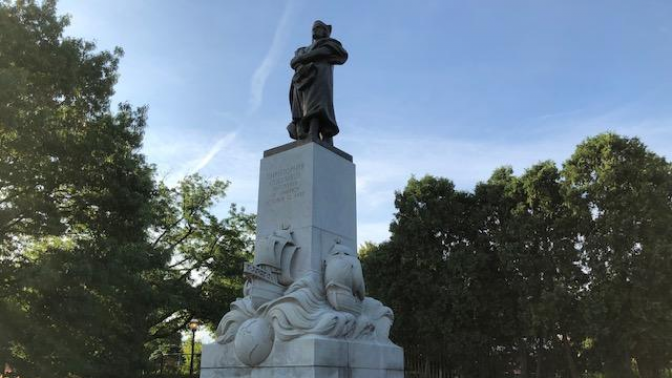There are some structures and engineering marvels that defy our imagination; projects that engineers with vision and expertise created and overcame incredible obstacles to complete.
The Panama Canal, for example, was and still is an engineering masterpiece that changed the world by slashing global shipping and transit times. For example, a ship sailing between New York and San Francisco saves nearly eight thousand miles by using the Panama Canal instead of going around Cape Horn.
The Panama Canal and nine other engineering feats are featured in a new History Channel article highlighting the 10 “engineering marvels” that changed the world.
Christopher Klein, history author and writer, published the list and he appears on Smart Talk Thursday to talk about the projects that made the cut. Klein is also the author of When the Irish Invaded Canada: The Incredible True Story of the Civil War Veterans Who Fought for Ireland’s Freedom and Strong Boy: The Life and Times of John L. Sullivan, America’s First Sports Hero.
Podcast: Play in new window | Download
Subscribe: RSS


